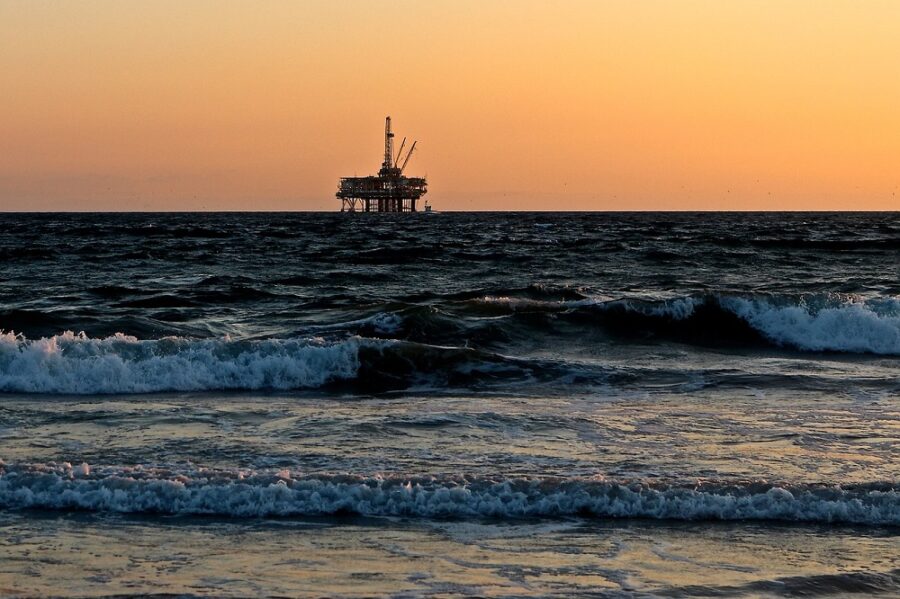
How Subsea Wellheads for the Oil and Gas Industries are Established – Part 2
This is Part 2 of our two-part series on how subsea wellheads for the oil and gas industries are established. If you missed Part 1 of this series, check it out here.

Last month our blog post discussed the following:
- How subsea exploratory well sites are selected
- How the base pipe is installed on the sea floor
- The composition and purpose of drilling mud
- How the casing strings are installed
Installation of a Blow-Out Preventer (BOP)
When the drilling and installation of the casing strings nears the designated depth where the pressure within the rock, or the potential of encountering gas or oil is high, the drilling platform installs a Blow-Preventer on the sea floor.
The BOP is a stack of valves and rams that protect the platform and the environment from an eruption of gas or oil, in case the weight of the drilling mud is too low. It is thoroughly tested before being lowered to the sea floor. The BOP is connected to a pipe called a riser pipe, which circulates drilling fluid and transports the rock cuttings up to the surface.
Drilling Continues
Once the BOP and riser pipe are in place, deeper drilling can now occur using the same process as before: the drill reaches the designated depth, geologists are examining the composition of the rock cuttings to determine if an oil or gas pocket is near. Then a new casing string is lowered and cemented in place, then the drilling continues until the drill reaches the target depth, or a layer of oil or gas “reservoir rock” has been verified.
Coring and Testing the Reservoir Rock
Once verified, a new type of drilling apparatus named a “coring bit” extracts a complete section of the rock that is brought back to the surface for further testing. In the meantime, the engineers may continue the verification process by running a series of geo-physical tests using specialized tools lowered into the drill bore which measure the physical properties of the rock.
Decision Time – Drill Now, Drill Later, or Abandon
Based on the results of the battery of tests on both the core samples and the data provided by the geo-physical tests, the engineers make a decision about what to do next. If the tests do not indicate the presence of oil or gas, the well is abandoned and plugged. If the location shows some potential, but the data is not overwhelmingly conclusive, the well is capped and the casings are left in place for the possibility of later production.
Production
If the tests indicate a large pocket of oil or gas, they typically prepare the location for production by lowering a specialized casing string that is perforated with holes that allows fluid from the reservoir to flow into the completed production pipe and up to the surface.
This concludes our two-part series on how subsea wellheads for the oil and gas industries are established.
Get Subsea Connections and Wellhead Casings from Forged Components
At FCI, we have been manufacturing subsea connections, wellhead casings and other wellhead components for the oil and gas industries for over 20 years. We can manufacture them from a variety of different materials in a wide-range of sizes that will meet your specific needs. Call us at (281) 441-4088 or contact us online to get a quote today.
